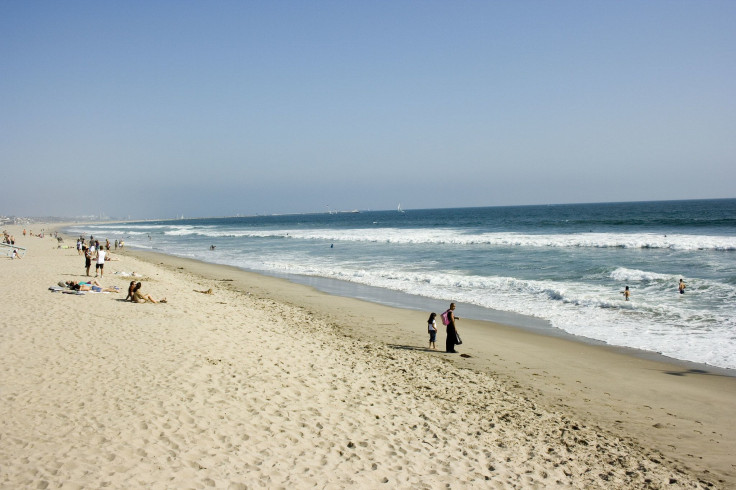Coronavirus News: New York, New Jersey, Connecticut, Delaware To Reopen Beaches For Memorial Day Weekend
KEY POINTS
- New York Gov. Andrew Cuomo said local officials in New York, Connecticut, Delaware, and New Jersey will be able to reopen beaches if they follow restrictions laid out by state officials
- Restrictions including beaches only allowing 50% occupancy, closing concession areas, and no contact activities
- North Carolina, Florida and California already have opened their beaches with varying levels of restrictions
New York Gov. Andrew Cuomo said Friday four states still working to curb the spread of coronavirus will have open beaches for Memorial Day weekend, albeit with restrictions. New York officials will work with New Jersey, Connecticut and Delaware official to coordinate the reopening.
It will be the first step in what Cuomo has previously said will be a slow and cautious reopening for New York.
Under the plan, local municipalities will be given the authority to reopen beaches in time for the holiday weekend. However, local officials have to inform their respective state officials by May 20 if they plan to reopen for Memorial Day. If beaches are reopened, local officials will be provided a list of requirements that must be followed to remain open.
Restrictions include:
- Beaches will be limited to 50% capacity with mapped entrances and exits and limited parking
- No contact activities, such as contact sports
- Closing areas mapped out for “social gatherings,” including picnic areas and playgrounds
- Following social distancing guidelines from the Centers for Disease Control and Prevention
- Masks must be worn if social distancing isn’t possible
- Maintaining enough staff to enforce social distancing and closures
- Concession areas to remain closed
“We are one multistate region. What one state does will affect other states. That is probably nowhere more clear than when it comes to opening beaches,” Cuomo told reporters. “One state doesn’t open beaches, another state does open beaches, you will see people flood to that state.”
The plan employed in the northeastern U.S. resembles the approach taken by most states. Local officials in states like the Carolinas and Florida have been given the authority to reopen beaches as long as the restrictions are in line with state’s coronavirus guidelines.
This has resulted in varying levels of restrictions. In North Carolina beaches were allowed to reopen under the state’s Phase 1 reopening plan. Beach access for Emerald Isle, North Carolina, allows people to swim, fish, boat and surf. Visitors were asked to follow social distancing guidelines and have masks ready if they need to come into close contact with someone.
Wrightsville Beach, North Carolina, however, was slightly more restrictive. While visitors did have some water access, activities like fishing and other “stationary activities” were not permitted. Anyone who lives in or has visited states still under a shelter-in-place order will also be blocked from booking a short stay at one of the local hotels.
A similar delineation can be seen among beaches in northern and southern Florida.
Most beaches in northern Florida have been reopening with few to no restrictions, though groups are limited in size and social distancing in restrooms has been imposed along with curfews. The restrictions imposed for beaches in southern Florida include limiting water access, keeping parking lots closed, and requiring masks be worn. Miami-Dade County is among the hit hardest by the coronavirus pandemic.
However, reopening beaches has been a point of contention in some states between state and local officials.
In California, Gov. Gavin Newsom has repeatedly butted heads with county officials over how to proceed during the pandemic. It came to ahead on May 1 when officials from Huntington Beach and Dana Pointe voted to fight Newsom’s order to close beaches. This was followed by a weekend during which some 90,000 people flocked to beaches in Orange County despite the standing shelter-in-place order.
“Given that Orange County has among the lowest per-capita COVID-19 death rates in California, the action by the state prioritizes politics over data, in direct contradiction of the governor's stated goal to allow science and facts to guide our response to this horrible global pandemic,” Huntington Beach Mayor Lyn Semeta said in a public statement.
Los Angeles County has since reopened its beaches with restrictions in place.

© Copyright IBTimes 2024. All rights reserved.







